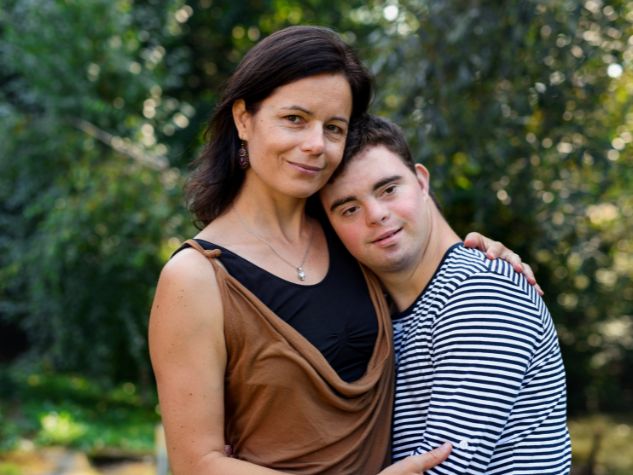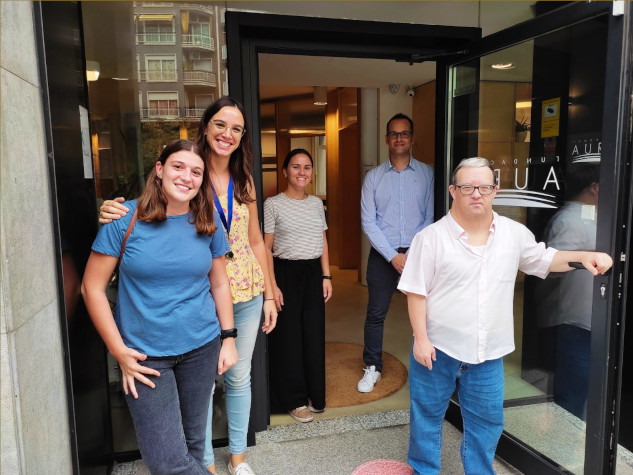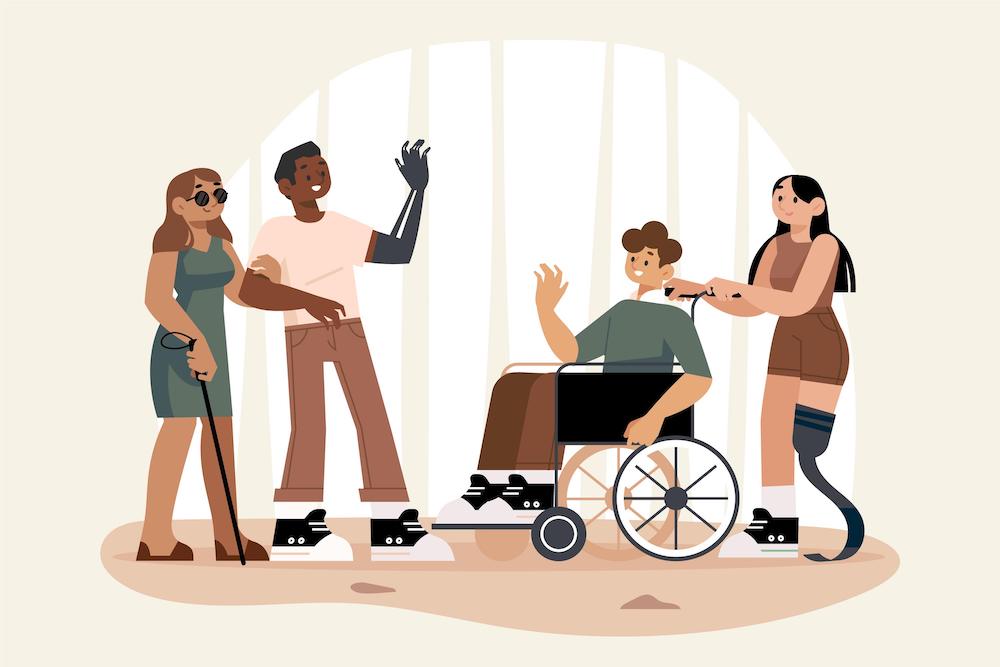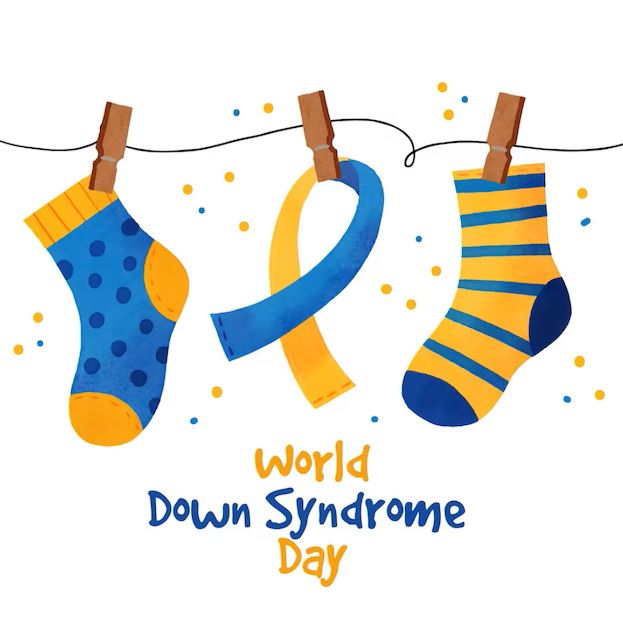Down syndrome is a genetic condition that has been the subject of many misunderstandings and stereotypes over time. These myths can lead to misinformation and discrimination, making it crucial to address them with facts and education. In this article, we will debunk some of the most common myths about Down syndrome and provide an accurate, fact-based perspective.
Myth 1: People with Down syndrome have a short life expectancy.
Reality: In the past, the life expectancy of people with Down syndrome was significantly lower due to untreated medical complications. However, advances in medicine and care have greatly increased their life expectancy. Today, many people with Down syndrome live into their 60s and beyond. Proper medical care, early intervention, and a healthy lifestyle are key factors contributing to this improvement.
Myth 2: People with Down syndrome are always happy.
Reality: This is one of the most common and dehumanizing stereotypes. People with Down syndrome experience a full range of emotions, just like anyone else. They can feel happy, sad, frustrated, angry, excited, and more. Recognizing and respecting their emotions is fundamental to treating them as complete and complex individuals.
Myth 3: People with Down syndrome cannot learn.
Reality: This myth is entirely false. People with Down syndrome can learn and develop throughout their lives. Although they may face cognitive challenges and require more time or different teaching methods, many achieve academic milestones, learn new skills, and develop significantly. With the right support, they can attend regular schools, participate in extracurricular activities, and, in many cases, pursue higher education.
Myth 4: People with Down syndrome cannot work.
Reality: People with Down syndrome are capable of having meaningful careers and being valuable employees. Today, many companies recognize the value of diversity and inclusion in the workplace. With proper support and training, people with Down syndrome can perform a variety of job roles and positively contribute to their communities and workplaces. It is important to foster an inclusive work environment and provide necessary accommodations.
Myth 5: Down syndrome is a rare disease.
Reality: Down syndrome is one of the most common genetic conditions. Approximately 1 in 700 babies worldwide are born with Down syndrome. It is caused by the presence of an extra copy of chromosome 21 (trisomy 21). This genetic disorder occurs spontaneously and is not related to ethnic, socioeconomic, or environmental factors.
Myth 6: Children with Down syndrome should be educated in special schools.
Reality: Inclusive education has proven beneficial for both students with Down syndrome and their non-disabled peers. Inclusion in regular schools allows children with Down syndrome to learn alongside their peers, develop social and academic skills, and fully participate in the school community. Although some may require additional support or specialized programs, inclusion should be the goal whenever possible.
Myth 7: Older parents are more likely to have children with Down syndrome.
Reality: While advanced maternal age (over 35 years) is associated with a higher risk of having a baby with Down syndrome, most children with Down syndrome are born to mothers under 35. This is because birth rates are generally higher among younger women. However, the risk increases with maternal age, so genetic counseling can be helpful for older couples considering having children.
Myth 8: Down syndrome is hereditary.
Reality: In most cases, Down syndrome is not hereditary. Trisomy 21, which accounts for about 95% of all cases, occurs spontaneously and is not passed from parent to child. However, there is a rare form called translocation, which can be inherited. In these cases, one parent may carry a balanced translocation, meaning they have the correct amount of chromosomal material, but it is rearranged. Genetic counseling can provide detailed information about the risk of recurrence in these situations.
Myth 9: People with Down syndrome cannot live independently.
Reality: Many people with Down syndrome can live semi-independently or fully independently with the appropriate supports. This can include supervised housing, assistance with managing household and daily life, and community programs that promote autonomy. The goal is to foster independence and community integration, allowing each person to reach their full potential.
Conclusion
Demystifying Down syndrome is essential for promoting an inclusive and understanding society. Through education and awareness, we can break down barriers, foster inclusion, and ensure that people with Down syndrome receive the respect and opportunities they deserve. By understanding the realities of their lives and abilities, we can work together to build a more equitable and supportive world.

















